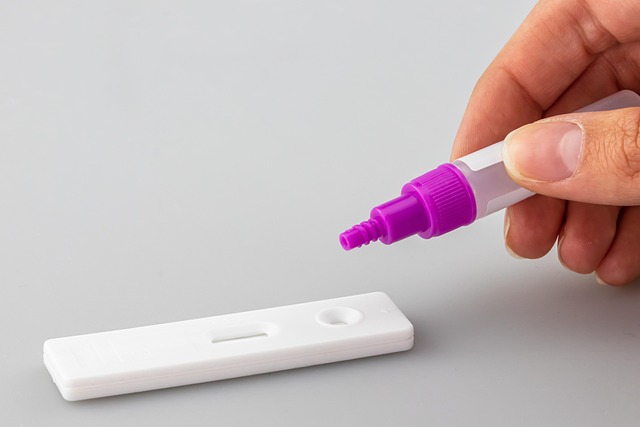Texas implements strict lead paint removal regulations for historical buildings, addressing past widespread use of lead-based paint. These guidelines prioritize health and safety, especially for young children and pregnant women, by governing safe handling, disposal, and renovation practices involving hazardous lead materials through specialized contractor services.
In the context of historical building renovations, lead safety is a critical consideration, especially with the prevalence of lead paint in older structures. This article explores the historical dangers of lead paint and delves into the specific regulations for its removal in Texas. We provide safe solutions for renovations, guiding professionals and folks navigating this complex issue. Understanding these measures is essential, particularly in light of Texas’ strict lead paint removal regulations, to ensure a healthy and compliant transformation of historic buildings.
- Historical Context: Lead Paint and Its Dangers
- Texas Regulations for Lead Paint Removal
- Safe Solutions for Old Building Renovations
Historical Context: Lead Paint and Its Dangers

In the historical context of building construction, lead paint poses significant risks and challenges. Lead paint was widely used in past decades due to its durability and vibrant colors, but its dangers have become increasingly apparent over time. In Texas, as with many places worldwide, lead paint removal regulations have been implemented to mitigate these hazards, especially in older buildings. These regulations are crucial for ensuring the health and safety of residents, workers, and the environment.
The use of lead-based paints reached its peak in the 20th century, particularly before 1978 when the U.S. Consumer Product Safety Commission banned the use of lead paint in residential settings. Historical buildings, especially those constructed before this ban, often contain lead paint on walls, trim, and even toys or furniture within these spaces. The risks associated with lead exposure are severe, affecting various bodily systems, particularly young children and pregnant women. Texas, like many states, has established guidelines and protocols for safe lead paint removal to address these historical concerns.
Texas Regulations for Lead Paint Removal

In Texas, lead paint removal is subject to specific regulations aimed at protecting public health and safety, especially in historical buildings. The state has established guidelines for the safe handling and disposal of lead-based paint during renovation or abatement projects. These regulations are crucial in ensuring that old buildings, often with outdated painting techniques, are restored safely.
The Lead Paint Removal Regulations in Texas mandate that any project involving the removal of lead paint must comply with strict protocols. This includes proper training for workers, the use of personal protective equipment (PPE), and specific methods for encapsulating or removing the hazardous material. The regulations also outline procedures for waste disposal, ensuring that lead-contaminated materials are handled and disposed of in an environmentally responsible manner. These measures reflect a commitment to addressing a significant historical challenge in Texas’s built environment.
Safe Solutions for Old Building Renovations

Renovating historical buildings comes with unique challenges, especially when dealing with structures built before modern safety standards were implemented. In Texas, lead paint removal is a critical aspect of these renovations due to the state’s regulations aimed at protecting both workers and residents from this hazardous material. The process requires specialized knowledge and equipment to ensure compliance while minimizing risks.
Professional contractors familiar with Texas’ lead paint removal regulations in Texas are essential for safe renovation projects. They employ techniques such as containment, personal protective equipment (PPE), and specific disposal methods to handle lead-based paint responsibly. These measures not only adhere to legal requirements but also contribute to creating healthier living environments, which is of utmost importance when preserving historical buildings for future generations.
In light of the historical context of lead paint’s dangers and Texas’ specific regulations, it’s clear that proper lead paint removal is crucial for old building renovations. By adhering to safe solutions and local guidelines, renovators can ensure a healthier environment and comply with legal requirements. Understanding these measures is essential for fostering safe, vibrant communities, especially in historic areas where older buildings are often the soul of a neighborhood. Remember that, when it comes to lead paint removal regulations in Texas, knowledge is power, enabling folks to make informed decisions and create lasting, positive change.
